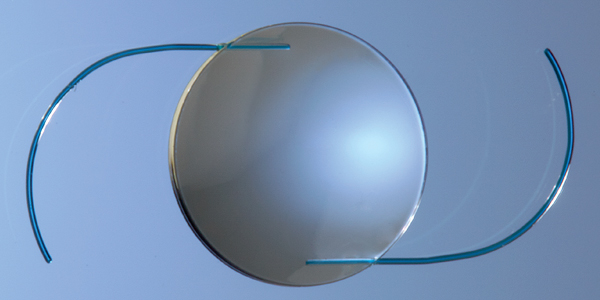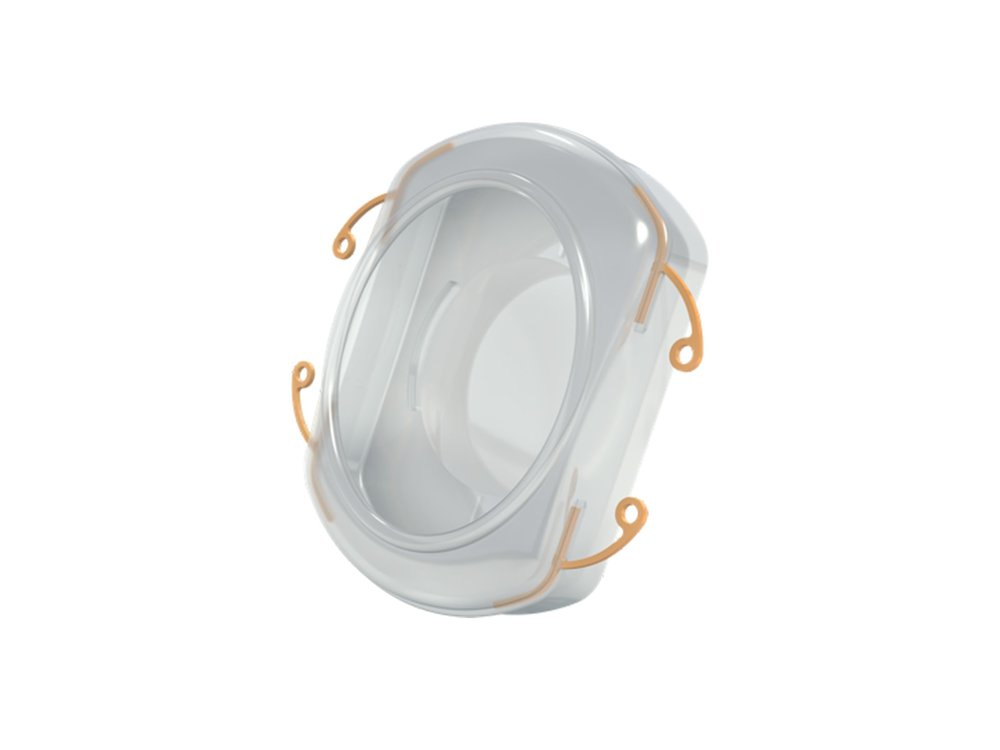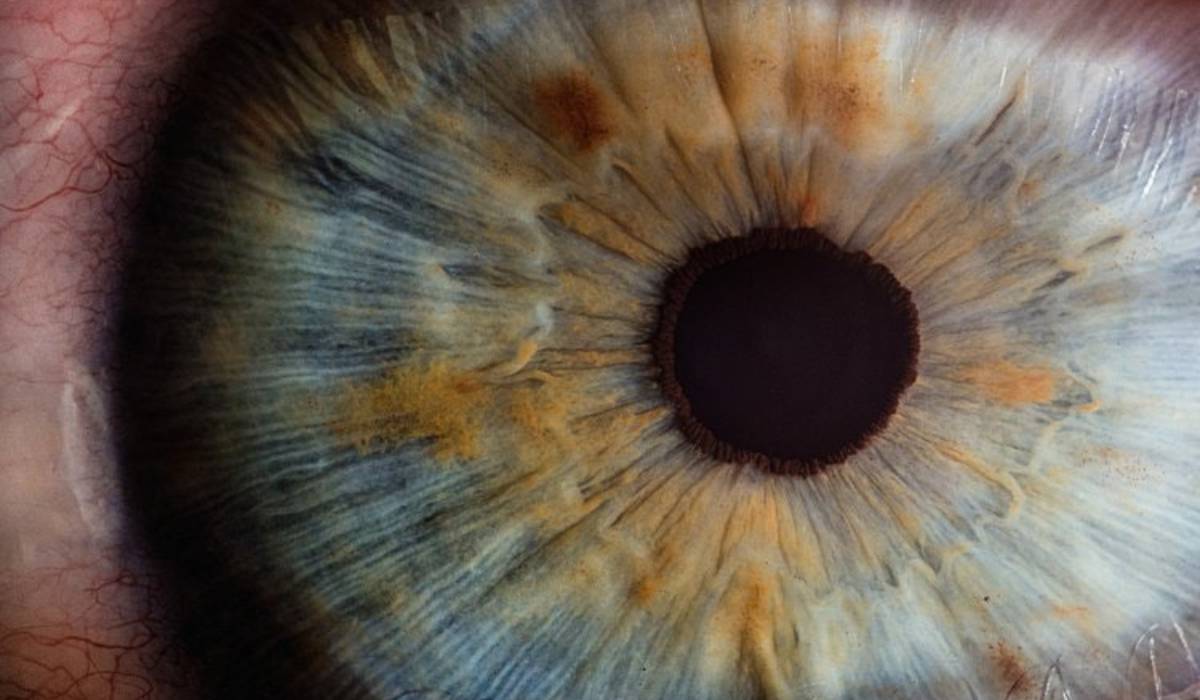ARTICLE SUMMARY:
We continue our conversation about the future of the “eye-catching” ophthalmic device space with Andrew Iwach, MD, Executive Director of the Glaucoma Center of San Francisco, and clinical spokesperson for the American Academy of Ophthalmology. In this installment, we take a look at recent advancements in cataract surgery, that promise to impact the vision of millions of patients worldwide, as well as important unmet clinical needs across ophthalmology.
Looking across the gamut of today’s ophthalmic medical device space, we are doing very well and it’s an exciting time, says Andrew Iwach, MD, in a conversation with the Community Blog. Technological advancements in implantables and techniques are allowing surgeons to at least slow down most age-related ocular conditions causing vision loss. “Although we can’t help everyone  just yet, research is very promising. With exciting technologies entering the market and in development, we look forward to a future where we can provide more options that both help preserve vision but also reduce the impact of serious diseases on patients and improve quality of life,” he says.
just yet, research is very promising. With exciting technologies entering the market and in development, we look forward to a future where we can provide more options that both help preserve vision but also reduce the impact of serious diseases on patients and improve quality of life,” he says.
Along with glaucoma, exciting advancements are taking place in cataract surgery. There are also unmet clinical needs to address in intelligent ways the prevention of vision loss, Iwach emphasizes.
With a respectful nod to the past and the pioneering steps that English ophthalmologist Sir Harold Ridley took 70 years ago to manufacture and implant the first artificial lens, and the evolution that has taken place since, the inventive ophthalmic device space is certainly looking bright.
Next-Gen Technologies for Cataracts
Cataracts are the most common age-related eye condition. They impact the vision of millions around the world, and are the leading cause of preventable blindness. The condition affects more than 24.4 million Americans age 40 and older, and about half of all Americans by age 75, according to the National Eye Institute. Approximately 27 million cataract surgeries were performed worldwide in 2017—4.2 million in the U.S.—making it one of the world’s most common surgical procedures.
Cataracts are typically treated with extracapsular surgery and implantation of a synthetic, clear intraocular lens (IOL). The lens type is carefully selected based on a patient’s individual eye measurements and focusing power needs, both prior to surgery and in real-time during surgery. However, despite these extensive preoperative and intraoperative measurements, the final post-operative refractive result sometimes is not perfect and performing an IOL exchange adds additional considerable risk and complexity. A new, game-changing development in this area, according to Iwach, involves laser technology that will allow the adjustment of the optical characteristics, or power, of an already-implanted IOL. “In cataract surgery we’ve come a long way, but now we’re  refining things to make it even better,” Iwach tells the Community Blog.
refining things to make it even better,” Iwach tells the Community Blog.
Last November, Aliso Viejo, CA-based RxSight Inc. received FDA approval for its Light Adjustable Lens and Light Delivery Device, the first medical device system of its kind allowing for adjustments to lens power to correct refractive errors after cataract surgery and implantation, in an office-based UV light-based procedure (see product image above).
Other technologies are also on the horizon to allow the power of already-implanted IOLs to be adjusted without significantly affecting the quality of the device. These include a femtosecond laser technology from Irvine, CA-based Perfect Lens LLC.
Other promising device developments include a monofocal IOL employing small-aperture optics to alleviate distortion and expand depth-of-field from AcuFocus Inc. (also headquartered in Irvine, CA), and the Gemini Refractive Capsule from Omega Ophthalmics LLC (Lexington, KY;  pictured here). The latter is a three-dimensional device designed to be implanted inside the capsular bag, holding the space open and allowing controlled placement of a refractive lens—and potentially other items—at a known distance relative to the front and back of the eye.
pictured here). The latter is a three-dimensional device designed to be implanted inside the capsular bag, holding the space open and allowing controlled placement of a refractive lens—and potentially other items—at a known distance relative to the front and back of the eye.
Future Directions and Needs
“Developments like the ones we’ve discussed here are taking ophthalmic device technology to another level, to maximize vision for patients and further refine our technology to ultimately reduce dependence on glasses,” Iwach tells the Community Blog. Over the next five to ten years, and with great support from the FDA and a focus on safety, he envisions that device advancements will continue to make life simpler and better for patients not only with glaucoma or cataracts, but also other problematic conditions such as age-related macular degeneration and dry eye (the latter he foresees as an increasing problem due to the use of smartphones).
He points out that unmet needs still exist in ophthalmology, for example in telemedicine in order to effectively monitor patients with busy schedules, sometimes in remote locations. Also, he sees a role for artificial intelligence in examining disease progression data, and responsible use of these tools to treat each individual eye. He also points to a need for ensuring that all individuals have access to eye exams.
An important final point: “The earlier these diseases are diagnosed, typically the less we have to do and the more we have to save,” says Iwach.
The Community Blog looks forward to covering important medical device news from the annual meeting of the American Academy of Ophthalmology (AAO), being held in Chicago, October 27-30, 2018.
Ophthalmology Resources Recommended by Dr. Iwach:
#ophthalmology #ophthalmic #AndrewIwach #HaroldRidley #AAO #glaucoma #IOP #intraocular #diabeticretinopathy #cataract #dryeye #agerelatedmaculardegeneration #aging #eye #vision #RxSight #perfectlens #AcuFocus #OmegaOphthalmics #geminirefractivecapsule #telemedicine #smartphones #artificialintelligence #ThisWeekinMedtechHistory #medicaldevice #medtech #CommunityBlog #MedTechStrategist #tracyschaaf
![]() Trial MyStrategist.com and unlock 7-days of exclusive subscriber-only access to the medical device industry's most trusted strategic publications: MedTech Strategist & Market Pathways. For more information on our demographics and current readership click here.
Trial MyStrategist.com and unlock 7-days of exclusive subscriber-only access to the medical device industry's most trusted strategic publications: MedTech Strategist & Market Pathways. For more information on our demographics and current readership click here.
